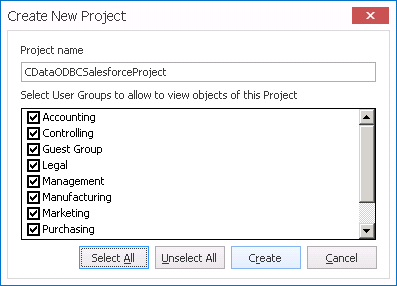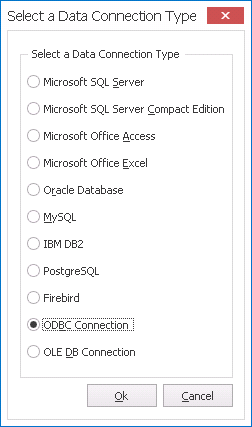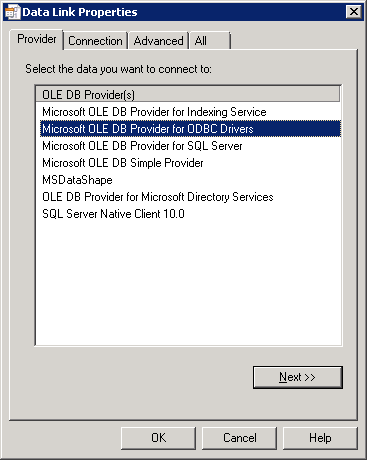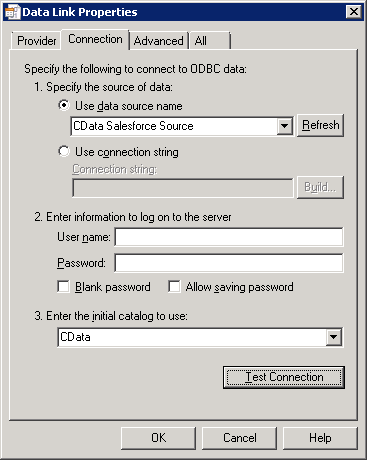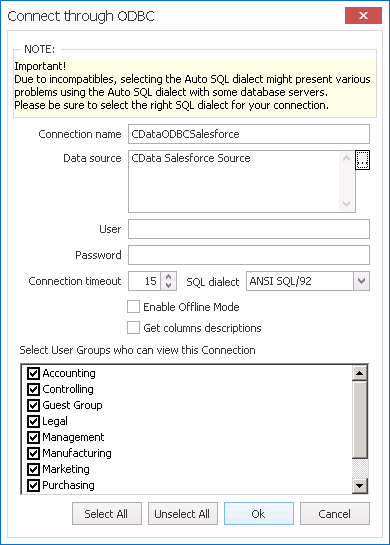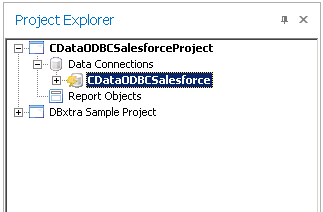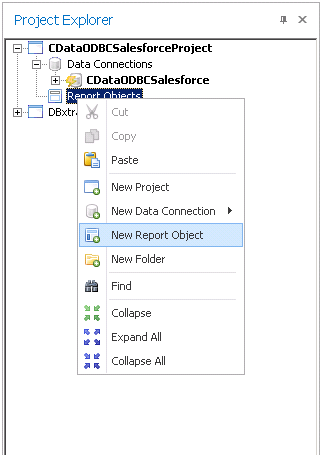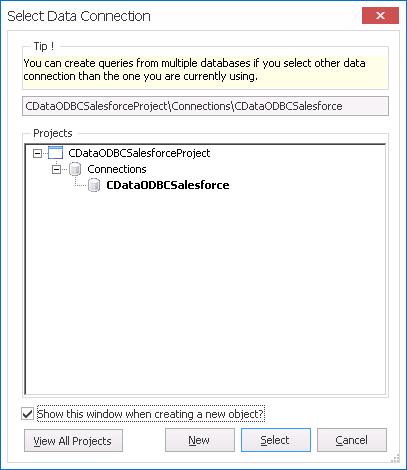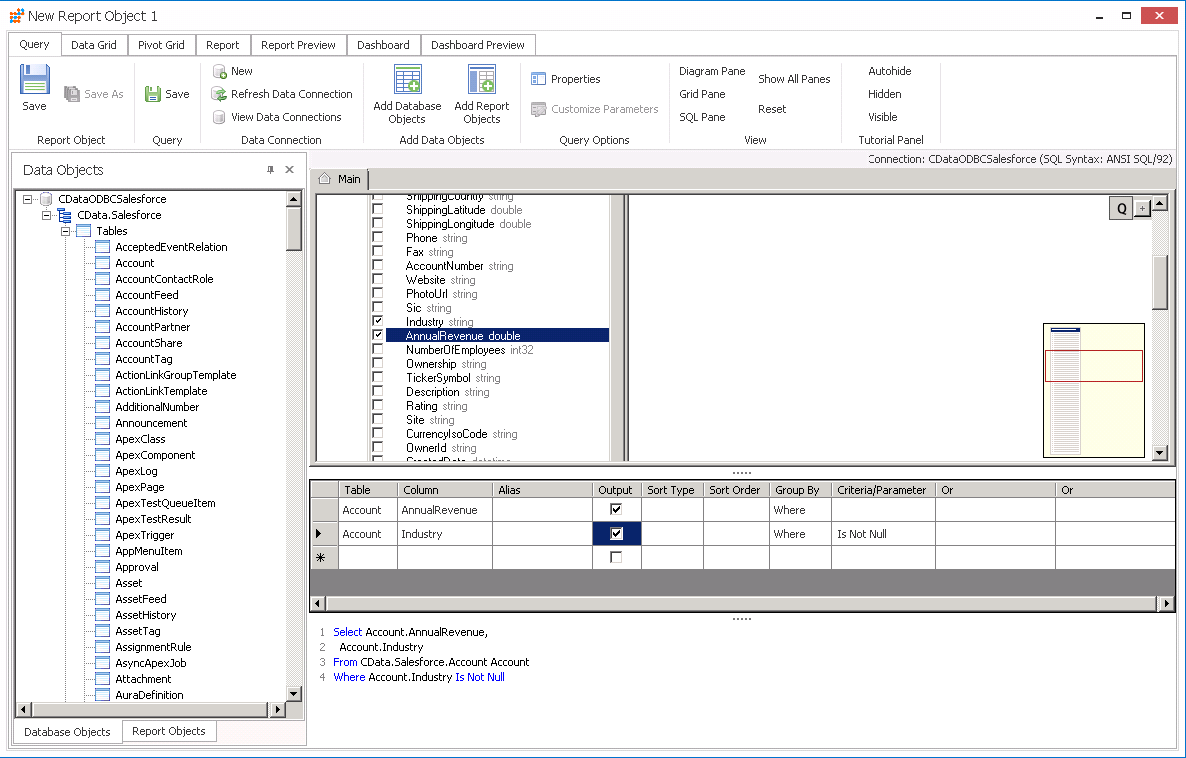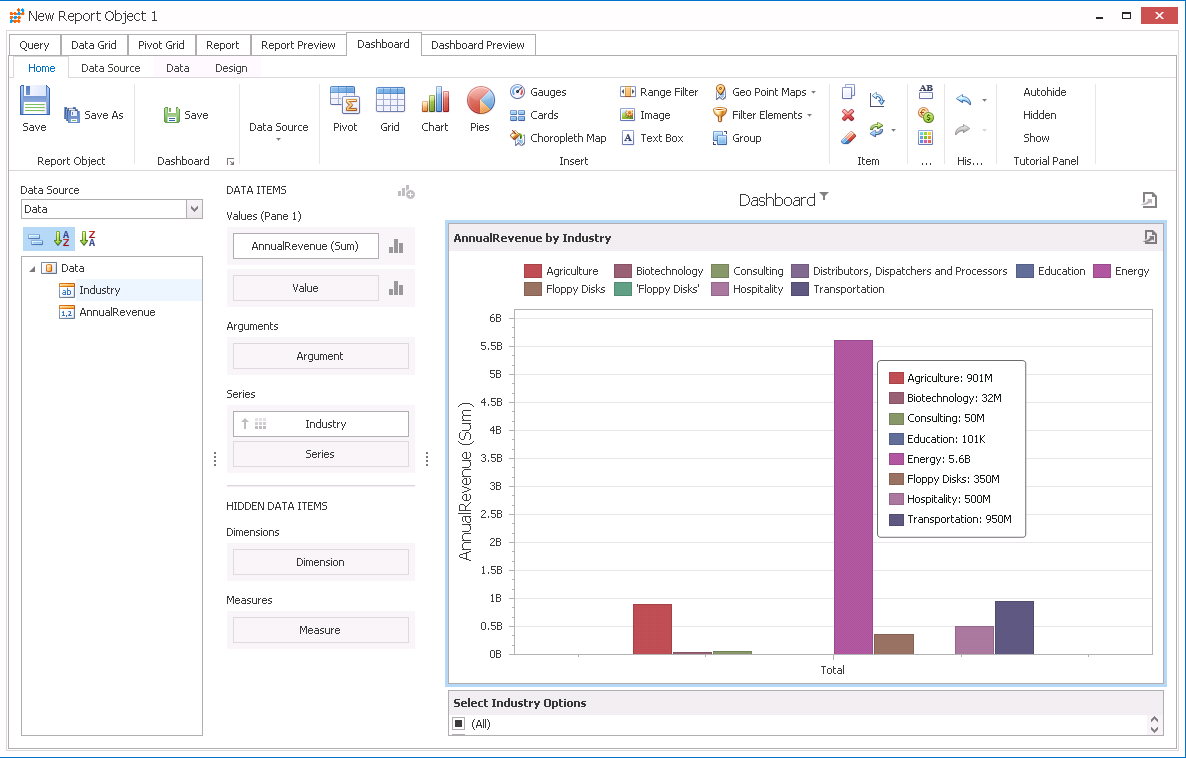Discover how a bimodal integration strategy can address the major data management challenges facing your organization today.
Get the Report →Build Dashboards with BigCommerce Data in DBxtra
Create dynamic dashboards and perform analytics based on BigCommerce data in DBxtra.
The CData ODBC Driver for BigCommerce enables access to live data from BigCommerce under the ODBC standard, allowing you work with BigCommerce data in a wide variety of BI, reporting, and ETL tools and directly, using familiar SQL queries. This article shows how to connect to BigCommerce data as a generic ODBC Data Provider and create charts, reports, and dashboards based on BigCommerce data in DBxtra.
Connect to BigCommerce Data
- If you have not already done so, provide values for the required connection properties in the data source name (DSN). You can configure the DSN using the built-in Microsoft ODBC Data Source Administrator. This is also the last step of the driver installation. See the "Getting Started" chapter in the Help documentation for a guide to using the Microsoft ODBC Data Source Administrator to create and configure a DSN.
BigCommerce authentication is based on the standard OAuth flow. To authenticate, you must initially create an app via the Big Commerce developer platform where you can obtain an OAuthClientId, OAuthClientSecret, and CallbackURL. These three parameters will be set as connection properties to your driver.
Additionally, in order to connect to your BigCommerce Store, you will need your StoreId. To find your Store Id please follow these steps:
- Log in to your BigCommerce account.
- From the Home Page, select Advanced Settings > API Accounts.
- Click Create API Account.
- A text box named API Path will appear on your screen.
- Inside you can see a URL of the following structure: https://api.bigcommerce.com/stores/{Store Id}/v3.
- As demonstrated above, your Store Id will be between the 'stores/' and '/v3' path paramters.
- Once you have retrieved your Store Id you can either click Cancel or proceed in creating an API Account in case you do not have one already.
When you configure the DSN, you may also want to set the Max Rows connection property. This will limit the number of rows returned, which is especially helpful for improving performance when designing reports and visualizations.
- Open the DBxtra application and in the New menu click Project and name the Project.
![Creating a New Project.]()
- Select ODBC Connection as the Data Connection Type.
![Creating an ODBC Connection.]()
- Click the browse option () for the Data Source.
- In the Data Link Properties window, select Microsoft OLE DB Provider for ODBC Drivers on the Provider tab.
![Select the Provider]()
- On the Connection tab, select the Data Source Name and the initial catalog to use (CData).
![Select the Provider]()
- Name the Connection and select the appropriate User Groups.
![Connection name and User Groups]()
- Double-click the Connection from within the Project to connect to the data.
![Connecting to the data.]()
Create a Dashboard with BigCommerce Data
You are now ready to create a dashboard with BigCommerce data.
- Right-click Report Objects under the Project and select New Report Object.
![Creating a Report Object for the Project]()
- In the new Report Object, click the link to create the Query.
- In the Select Data Connection window, select the newly created data connection.
![Select Data Connection]()
- On the Query tab, expand the connection objects and select the Tables, Views, and specific columns you wish to include in your dashboard. You can specify search requirements and even create complex queries which include JOINs and aggregations.
![Selecting the data/building the query.]()
- On the Dashboard tab, select the visualizations and features for your dashboard. Assign the data values from the query to the appropriate fields for the Dashboards items (Values, Series, etc.)
![Building the Dashboard.]()
With a new Dashboard created, you are ready to begin analysis of BigCommerce data. Thanks to the ODBC Driver for BigCommerce, you can refresh the Dashboard and immediately see any changes made at the source. In the same way, you can create and view Reports with live, up-to-date BigCommerce data.





